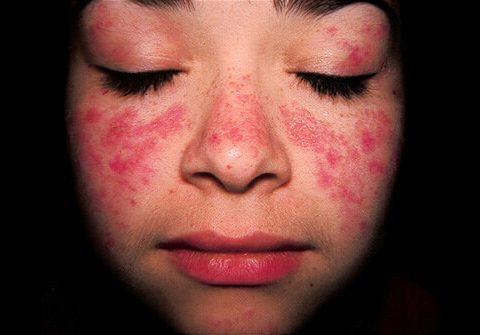
Lupus is a long-term autoimmune disease in which the body’s immune system becomes hyperactive and attacks normal, healthy tissue. Inflammation caused by lupus can affect many different body systems – including the joints, skin, kidneys, blood cells, brain, heart and lungs. Some people are born with a tendency towards developing lupus, which may be triggered…
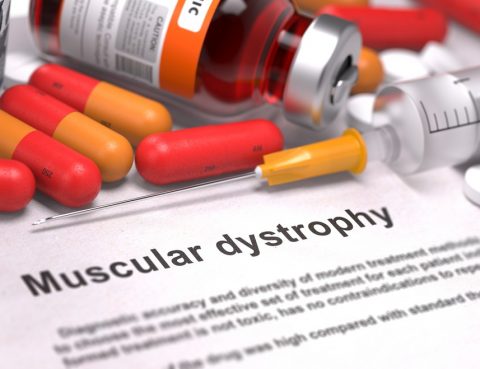
Muscular dystrophies are a group of diseases that make muscles weaker and less flexible over time. Duchenne muscular dystrophy (DMD) is the most common type. It’s caused by flaws in the gene that controls how the body keeps muscles healthy. Duchenne muscular dystrophy is an inherited muscular disease that involves muscle weakness, which quickly gets…

Polymyositis is an uncommon inflammatory disease that causes muscle weakness affecting both sides of a person’s body. Another word for inflammatory myopathy is myositis. Having this condition can make it difficult to climb stairs, rise from a seated position, lift objects or reach overhead. Polymyositis most commonly affects adults in their 30’s, 40’s or 50’s….

Insomnia is a sleep disorder in which a person is having trouble falling and/or staying asleep. The condition can be short-term (acute) or can last a long (chronic). It may also come and go. Acute insomnia lasts from 1 night to a few weeks. Insomnia is chronic when it happens at least 3 nights a…

Discoid eczema, also known as nummular or discoid dermatitis, is a long-term (chronic) skin condition that causes skin to become itchy, swollen and cracked in circular or oval patches. A rash appears that looks like red coin-shaped discs, or plaques of eczema. It is extremely itchy and uncomfortable. The plaques affect different parts of the…

Langerhans cell histiocytosis (LCH) is a rare cancer involving clonal proliferation of Langerhans cells, abnormal cells deriving from bone marrow and capable of migrating from skin to lymph nodes. LCH is a type of cancer that can damage tissue or cause lesions to form in one or more places in the body. Family history of…

A fashionable trend among people in SouthEast Asian countries such as the Philippines and Thailand is underarm whitening. Causes of Underarm Pigmentation Under pigmentation can be frustrating and cause many individuals to lose self-esteem. Moreover, many of the causes of underarm pigmentation are preventable in the first place, and some conditions may even signal an…

A neuroendocrine tumor is a rare tumor that can develop in many different organs of the body. It affects the cells that release hormones into the bloodstream (neuroendocrine cells). Neuroendocrine tumors can be cancerous (malignant) or non-cancerous (benign). They often grow slowly, but not always. The neuroendocrine system consists of nerve and gland cells. It…
Nonalcoholic fatty liver disease (NAFLD) is an umbrella term for a range of liver conditions affecting people who drink little to no alcohol. As the name implies, the main characteristic of NAFLD is too much fat stored in liver cells. NAFLD is increasingly common around the world, especially in Western nations. Some individuals with NAFLD…
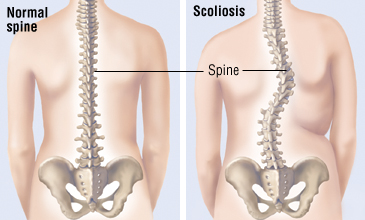
Scoliosis is a sideways curvature of the spine that occurs most often during growth spurt just before puberty. While scoliosis can be caused by conditions such as cerebral palsy and muscular dystrophy, the cause of most scoliosis is unknown. About 3% of adolescents have scoliosis. Symptoms of Scoliosis A visibly curved spineLeaning to 1 sideUneven…

Loss of libido (sex drive) is a common problem affecting up to one in five – and even more women – at some point in their life. It’s often linked to professional and personal stress, or important life-changing events such as pregnancy, childbirth or breastfeeding. However, an unexpected loss of libido – especially when it…

Nasal and sinus cancer affects the nasal cavity (the space behind the nose) and the sinuses (small air-filled cavities inside the nose, cheekbones and forehead). It’s a rare type of cancer that most often affects men aged over 40. Nasal and sinus cancer is different from cancer of the area where the nose and throat…
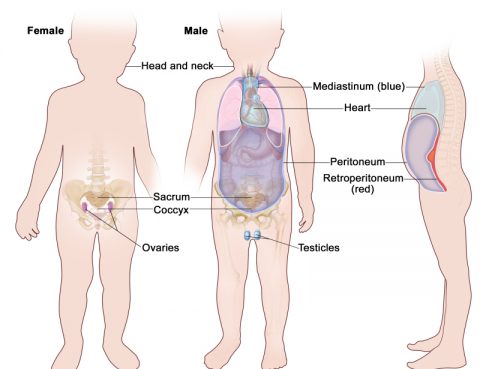
Germ cell tumors are growths that form from reproductive cells. Tumors may be cancerous or noncancerous. Most germ cell tumors that are cancerous occur as cancer of the testicles (testicular cancer) or cancer of the ovaries (ovarian cancer). Some germ cell tumors occur in other areas of the body, such as the abdomen, brain and…

Clostridium difficile, also known as C. difficile or C. diff, is bacterium that can cause symptoms ranging from diarrhea to life-threatening inflammation of the colon. Illness from C. difficile most commonly affects older adults in hospitals or in long term care facilities and typically occurs after use of antibiotic medications. Symptoms Watery diarrhea that happens…
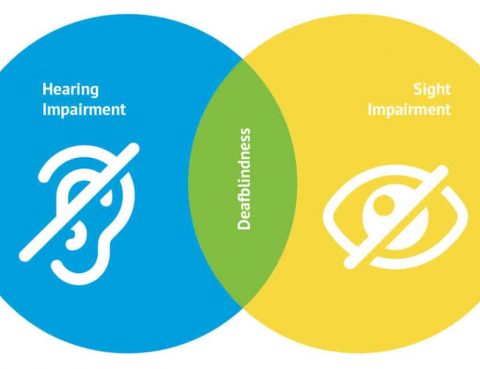
Deafblindness is a combination of sight and hearing loss that affects a person’s ability to communicate, access information and get around. It is also known as “ dual sensory loss” or “multi-sensory impairment”. A deafblind person won’t usually be totally deaf and totally blind, but both senses will be reduced enough to cause significant difficulties…

Endometriosis is an often painful disorder in which tissue similar to the tissue that normally lines the inside of a woman’s uterus — the endometrium — grows outside of the uterus. Endometriosis most commonly involves a woman’s ovaries, fallopian tubes and the tissue lining their pelvis. Rarely, endometrial tissue may spread beyond pelvic organs. Displaced…

Cellulitis is a common and sometimes painful bacterial infection in the deeper layers of the skin and the fat and soft tissue underneath. It may first appear as a red, swollen area that feels hot and tender to the touch. The redness and swelling can spread quickly. Some bacteria are naturally present on the skin…
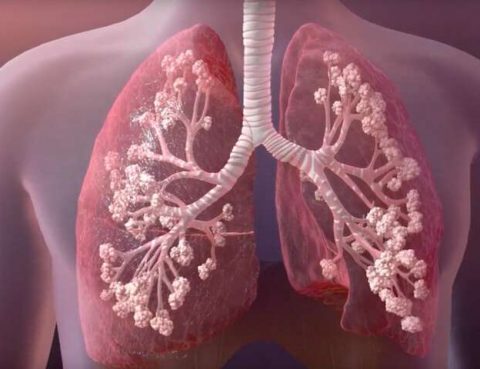
Cystic fibrosis (CF) is a hereditary disease that affects the lungs and digestive system. The body produces thick and sticky mucus that can clog the lungs and obstruct the pancreas. Cystic fibrosis affects the cells that produce mucus, sweat and digestive juices. These secreted fluids are normally thin and slippery, but in people with CF,…

Chronic fatigue syndrome (CFS) is a disorder characterized by extreme fatigue or tiredness that doesn’t go away with and can’t be explained by an underlying medical condition. The condition is also known as systemic exertion intolerance (SEID) or myalgic encephalomyelitis (ME). Sometimes it’s abbreviated as ME/CFS. Symptoms Signs and symptoms may include; Fatigue Loss of memory…

A chest infection is an infection that affects a person’s lower large airways (bronchi) and lungs. Pneumonia and bronchitis are the most common chest infection. Bronchitis is usually caused by a viral infection. Pneumonia is usually due to bacterial infection. Symptoms of a Chest Infection The symptoms of a chest infection can include; Chesty cough…
